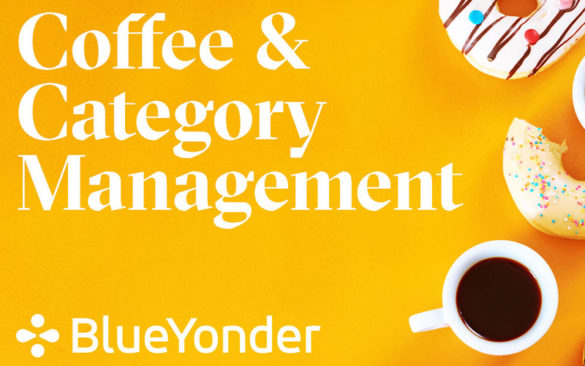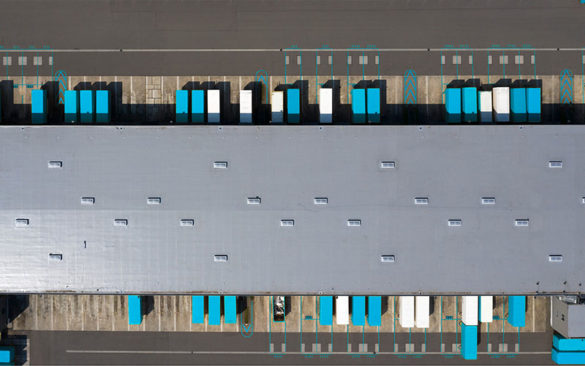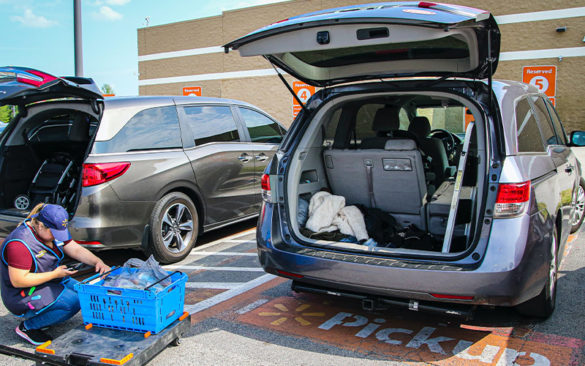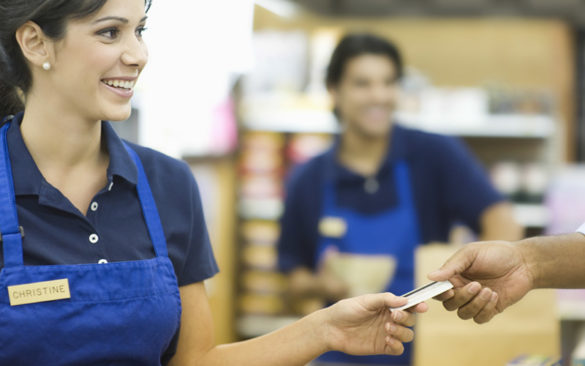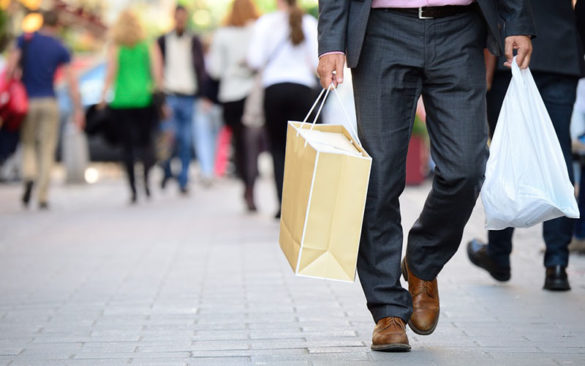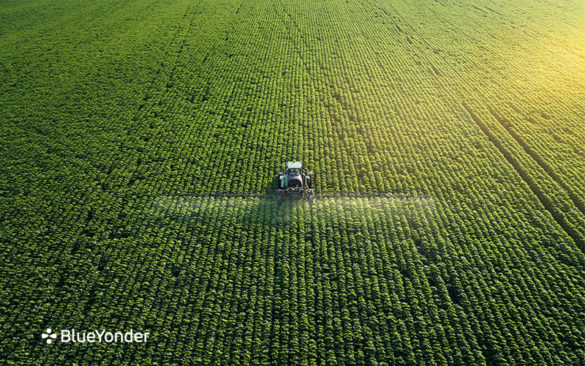Leveraging VR in the New Normal
The most important part of the planogram process is not only execution but the pre-work before making the planogram available. Many retailers today work with their suppliers to pre-set the planogram in what is known as the retailer set room. During this time, the planogram…
How COVID-19 is Transforming Automotive and Industrial Supply Chains
Automotive and industrial manufacturing plants are being shuttered around the world, which has affected not just the OEMs but also their Tier 1, Tier 2, and Tier 3 suppliers.
Bringing It All Together: Category Management and Supply Chain with Blue Yonder
In this video blog, I will discuss and explore the changes and an end-to-end supply chain integration as a wholistic process leveraging category management, supply chain planning, logistics, and store operations that are supported on the Blue Yonder Platform.
Connecting and Optimizing Freight Capacity with Blue Yonder
Trucking companies have long known that there is waste in their system, a lot of waste. About $3 billion worth of it comes from empty miles traveled, according to Shelley Simpson of JB Hunt in an interview with Freight Waves magazine. Bobtailing and suboptimal routing…
COVID-19 Month-Over-Month Survey Comparison: Consumer Trends and Their Impact on Retail Supply Chains
Not surprisingly, the results show that overall consumer spending has decreased while online shopping sees steady growth; however, there are also notable takeaways for grocery delivery services based on additional questions that were added this month. Read on for the full results:
Crisis Response Part 3: Getting Back to Business
In the current environment, how will organizations balance out the financial impact on their businesses and maintain their brand, while adapting to the new norms of work and keeping in mind the health and safety of their associates? To get the business back on its feet, we can consider the following:
Are We Heading Toward a New Era of Personalization at Scale?
Even though the trend of personalization at scale is well-established in marketing circles, the concept is also becoming more pervasive in the world of supply chain management. The traditional model of mass-produced, low-priced items, manufactured in the lowest cost-arbitraged centers and delivered through stove pipe…
How Sustainability Will Fundamentally Change Your Supply Chain
Customers today don’t just expect instant gratification with great service. They expect companies to provide this seamless experience with a minimal carbon footprint. While this past decade has elevated climate change into a mainstream concern, the future is likely to exert even more pressure for…
Crisis Response Part 2: Visibility and Planning
With a pandemic like COVID-19, the information available and necessary responses are rapidly changing. Our new normal might differ from before, but we can adapt and learn from it to better support our customers and associates. There are 3 key factors to keep in mind during and after this public health crisis for labor demand and scheduling:
The Impact of Assortment Management in the New Normal
We have witnessed, in front of our eyes, the changing of the new shopping experience. Grocers, beverage retailers, convenience stores, and other essential needs operations, controlling entry to the store, one person per aisle, rationing of products available for purchase, double-digit increases to categories deemed essential.

